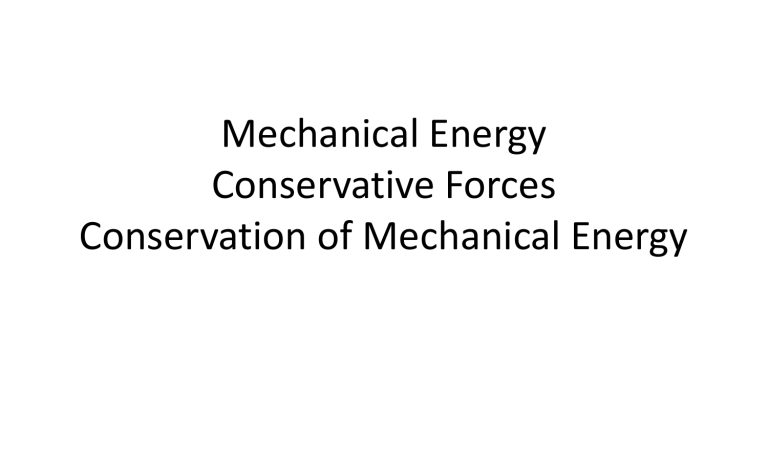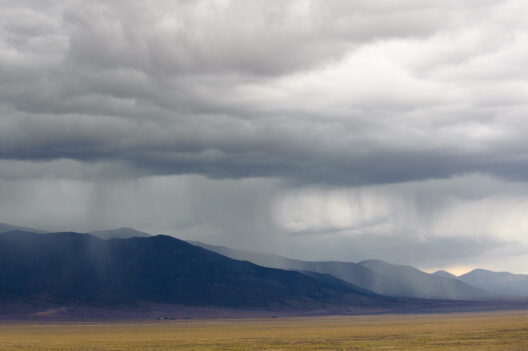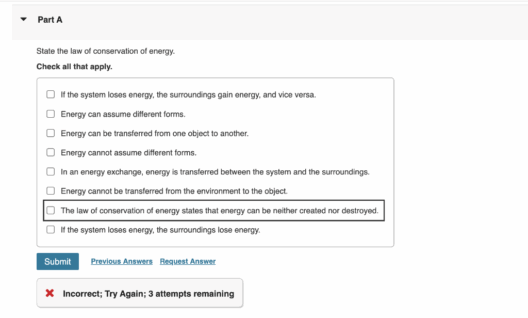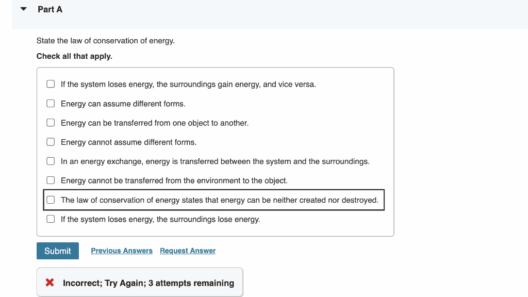Mechanical energy, a vital concept in the study of physics and engineering, refers to the sum of potential energy and kinetic energy within a system. This energy can be conserved, meaning that it remains constant unless acted upon by external forces. However, in the real world, circumstances that allow for the conservation of mechanical energy are not as straightforward as theoretical models suggest. In this exploration, we will delve into when mechanical energy is truly conserved, using a real-world scenario to illuminate this principle.
Consider the classic example of a pendulum swinging in a frictionless environment. Initially, the pendulum is at its highest point, where its potential energy is maximized and kinetic energy is minimized, as it momentarily comes to a standstill before swinging downward. As the pendulum descends, potential energy converts to kinetic energy, propelling it to maximum speed at its lowest point. Subsequently, the pendulum rises again, trading kinetic energy back into potential energy. In an ideal scenario with no air resistance or friction, mechanical energy is conserved throughout the entire swing.
However, in practical situations, we must acknowledge the presence of non-conservative forces such as friction and air resistance, which can dissipate mechanical energy in the form of heat or sound. For instance, if we were to observe the same pendulum in a real environment, factors like air drag would slow it down, reducing its effective energy over time. Thus, the question arises: under what conditions can mechanical energy remain conserved despite these inevitable challenges?
The principle of conservation of mechanical energy holds true in isolated systems where non-conservative forces are negligible. For example, consider the case of a roller coaster. At the beginning of the ride, as the coaster climbs to its peak, it gains potential energy. Once it plunges downwards, potential energy transforms into kinetic energy. If we neglect friction from the tracks and air resistance to an extent, we can observe a near-conservation of mechanical energy as it oscillates through loops and turns. However, in practice, mechanical losses occur, and a continuous injection of additional energy (from motors or gravitational pull on subsequent descents) is required to maintain the exhilarating experience.
Another compelling scenario showcasing mechanical energy conservation is found within the realm of celestial bodies, like planets orbiting stars. In such systems, gravitational forces act as the primary conservative forces that enable the conservation of mechanical energy. When a planet orbits, it alternates between kinetic and potential energy, akin to our pendulum or roller coaster examples. A planet at periapsis (the point in its orbit closest to the star) possesses maximum kinetic energy and minimum potential energy, while at apoapsis (the farthest point), its potential energy is maximized with kinetic energy at a minimum. Here, the gravitational interactions effectively conserve mechanical energy, allowing the planet to perpetually orbit without necessitating outside energy inputs.
By examining these real-world scenarios, a pivotal consideration emerges: the energy conservation principles are highly dependent on the definitions of “closed” or “isolated” systems. In practical applications, we can strive to approximate these conditions but rarely achieve absolute conservation. This understanding invites an examination of our energy use in everyday life, challenging us to innovate ways to harness and replenish mechanical energy through renewable sources.
One such innovation is seen in regenerative braking systems, employed in electric and hybrid vehicles. This technology capitalizes on the mechanical energy during deceleration, converting it into electrical energy, which is then stored for future use. This system exemplifies a modern confluence of mechanical and electrical energy, demonstrating a practical application of energy conservation principles and their integration into sustainable technology.
While we must confront the reality that perfect mechanical energy conservation is seldom achieved, recognizing the conditions under which it can occur provides invaluable insights. Engineers and physicists utilize these principles to design optimized systems that minimize energy loss while maximizing efficiency. The lessons gleaned from these explorations extend beyond mere academic interest; they offer profound implications for ecological responsibility and sustainable practices across multiple industries.
As we move forward, questioning the baseline assumptions about energy conservation propels us toward innovation. The intersection of mechanical energy conservation with environmental conservation underscores the importance of developing technologies that respect the delicate balance of energy systems. By fostering environments that prioritize efficiency, we can drive a movement that not only recognizes the significance of conserving mechanical energy but also intertwines with our collective obligation to balance human progress with environmental stewardship.
In conclusion, the conservation of mechanical energy is indeed a tantalizing intricacy, rooted in the interplay of forces and energies throughout nature. While ideal conditions for conserving mechanical energy exist mainly in theoretical constructs or carefully controlled environments, the principles behind them hold truth in real-world applications. By exploring these concepts profoundly and implementing progressive solutions, we bolster the fundamental promise of a sustainable future, one in which energy conservation becomes not merely an ambition but an integral aspect of our daily lives.








